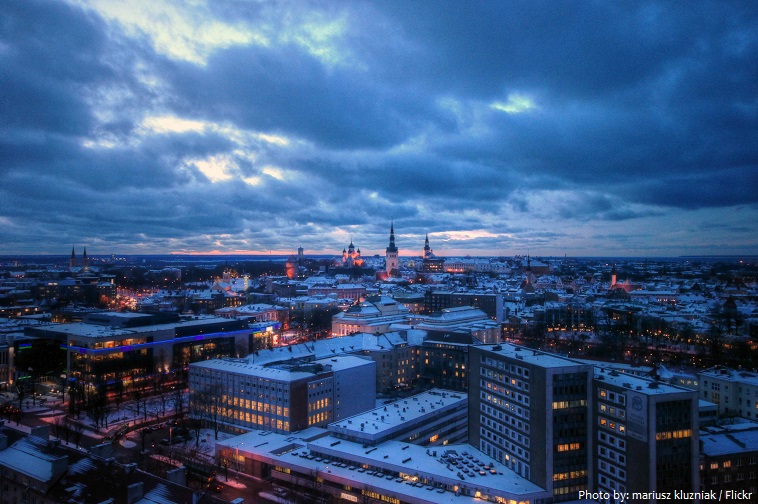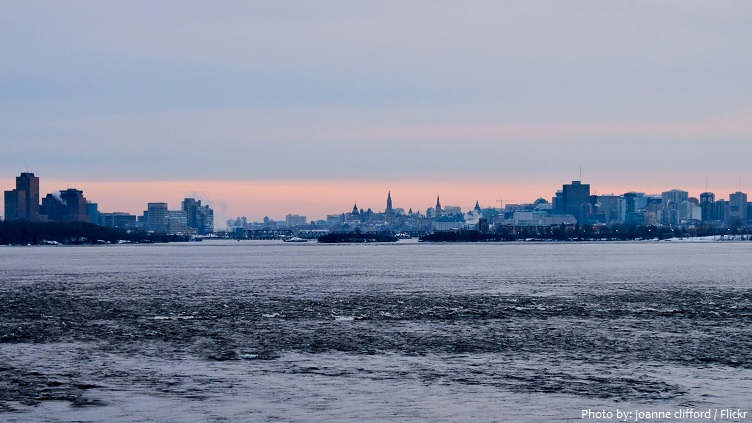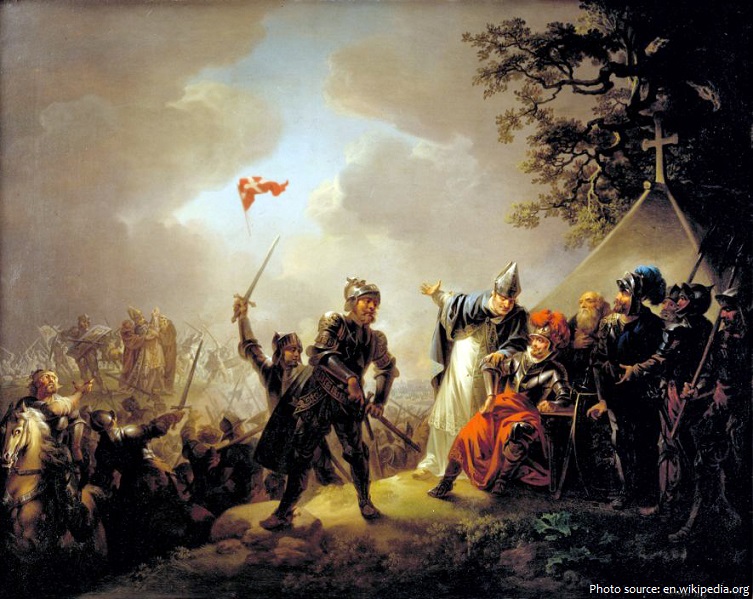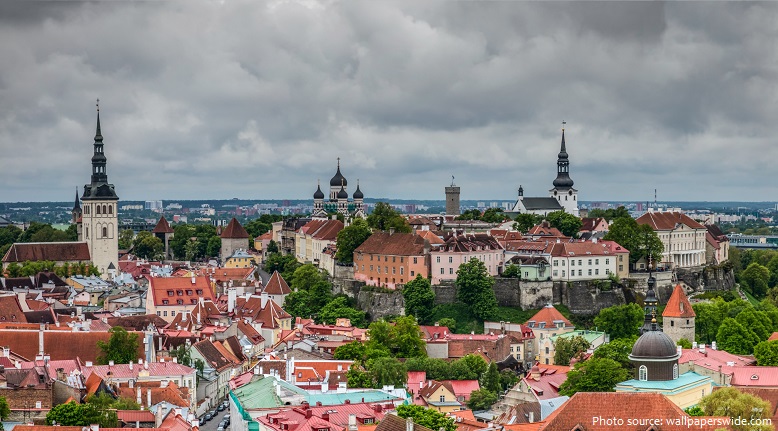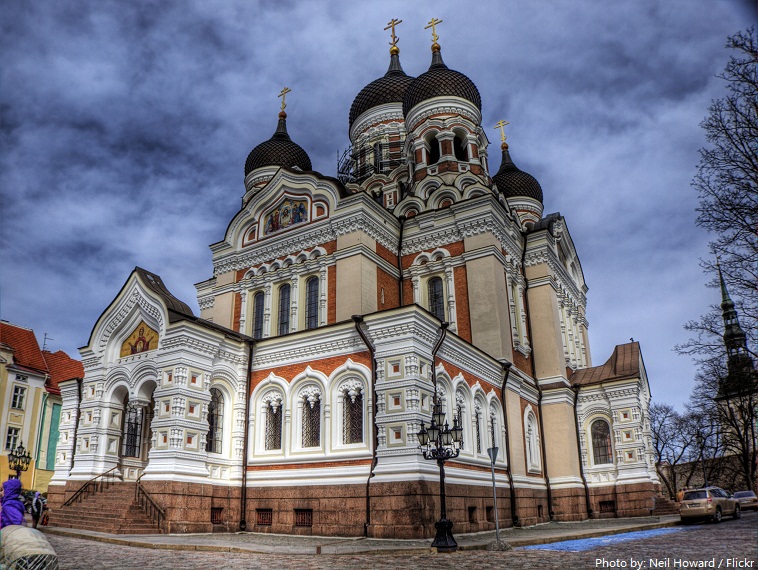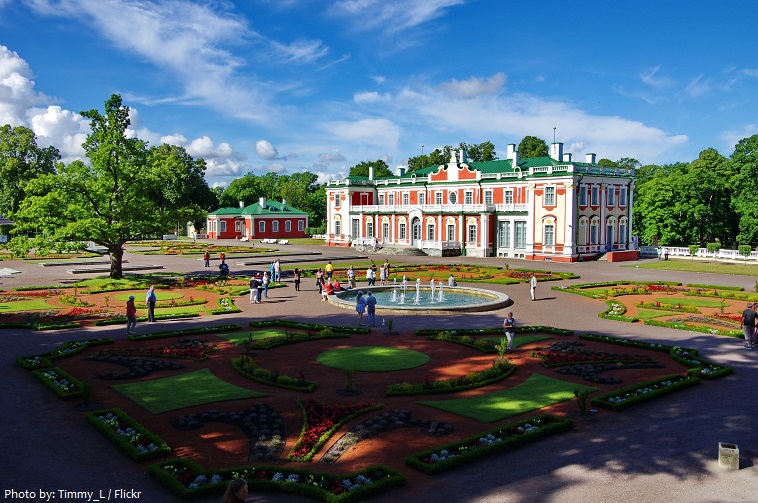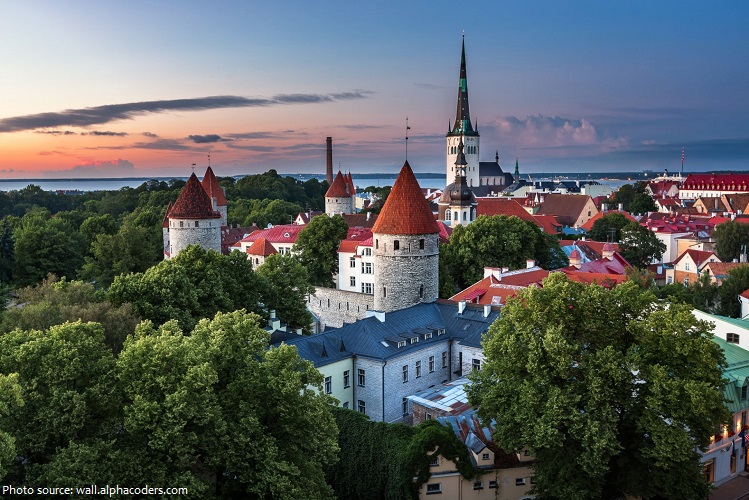Tallinn is the capital and largest city of Estonia.
It is situated on the southern coast of the Gulf of Finland, in north-western Estonia.
As of February 2019, the population of Tallinn is about 430,000 people.
The city covers a total area of 159 square kilometers (61 square miles).
The highest point in Tallinn, at 64 meters (210 feet) above sea level, is situated in Hiiu, Nõmme District, in the south-west of the city.
The length of the coast is 46 kilometers (29 miles).
The first traces of human settlement found in Tallinn’s city center by archeologists are about 5,000 years old.
The comb ceramic pottery found on the site dates to about 3000 BC and corded ware pottery c. 2500 BC.
A wooden fortress built on Toompea Hill sometime in the 10th or 11th century was probably the first structure in what later became Tallinn.
The origins of Tallinn date back to the 13th century, when a castle was built there by the crusading knights of the Teutonic Order. It developed as a major centre of the Hanseatic League, and its wealth is demonstrated by the opulence of the public buildings (the churches in particular) and the domestic architecture of the merchants’ houses, which have survived to a remarkable degree despite the ravages of fire and war in the intervening centuries.
Throughout most of its history, Tallinn was known to the world by its German name, Reval. According to legend the origins of the old name comes from a deer hunt, when an animal fell off a cliff and perished. In German Reh-fall means “deer fall.”
The name “Tallinn” is actually derived from the Estonian words “taani linnus,” meaning “Danish castle.”
Due to its strategic location, the city became a major trade hub, especially from the 14th to the 16th century, when it grew in importance as part of the Hanseatic League.
Tallinn’s Old Town is one of the best preserved medieval cities in Europe and is listed as a UNESCO World Heritage Site.
Although extensively bombed by Soviet air forces during the later stages of World War II, much of the medieval Old Town still retains its charm.
Today, Tallinn is the major political, financial, cultural and educational center of Estonia.
Raekoja plats is a town square beside Tallinn Town Hall in the center of the Tallinn Old Town in Tallinn, Estonia. It is a venue for numerous small festivals or concerts like Tallinn Old Town Day. and several bars and restaurants are located in the near vicinity. The square also hosts a market regularly, with many stalls selling traditional Estonian items and souvenirs.
The Alexander Nevsky Cathedral is an orthodox cathedral in the Tallinn Old Town, Estonia. It was built to a design by Mikhail Preobrazhensky in a typical Russian Revival style between 1894 and 1900, during the period when the country was part of the Russian Empire. The Alexander Nevsky Cathedral is Tallinn’s largest and grandest orthodox cupola cathedral. It is dedicated to Saint Alexander Nevsky who in 1242 won the Battle of the Ice on Lake Peipus, in the territorial waters of present-day Estonia. The late Russian patriarch, Alexis II, started his priestly ministry in the church.
Kadriorg Palace is a Petrine Baroque palace built for Catherine I of Russia by Peter the Great in Tallinn, Estonia. Both the Estonian and the German name for the palace means “Catherine’s valley”. It was built after the Great Northern War for Nicola Michetti’s designs by Gaetano Chiaveri and Mikhail Zemtsov. The palace currently houses the Kadriorg Art Museum, a branch of the Art Museum of Estonia, displaying foreign art from the 16th to 20th centuries. The KUMU branch of the museum, showing Estonian art from the 18th century onwards is located nearby in the park.
The largest lake in Tallinn is Lake Ülemiste. It is the main source of the city’s drinking water. Lake Harku is the second largest lake within the borders of Tallinn.
A limestone cliff runs through the city. It can be seen at Toompea, Lasnamäe and Astangu. However, Toompea is not a part of the cliff, but a separate hill.
The length of the longest day in summer is over 19 hours, while the shortest winter day lasts only 6 hours. It is not completely dark at night from the beginning of May until the end of July.
The Raeapteek on Town Hall Square is Europe’s oldest continuously-operating pharmacy. It has been open since 1422.
Often dubbed the Silicon Valley of Europe, it has the highest number of startups per person in Europe and is a birthplace of many international companies, including Skype.
The city is also house the headquarters of the European Union’s IT agency. Providing to the global cybersecurity it is the home to the NATO Cyber Defence Centre of Excellence.
It is ranked as a global city and has been listed among the top 10 digital cities in the world.
